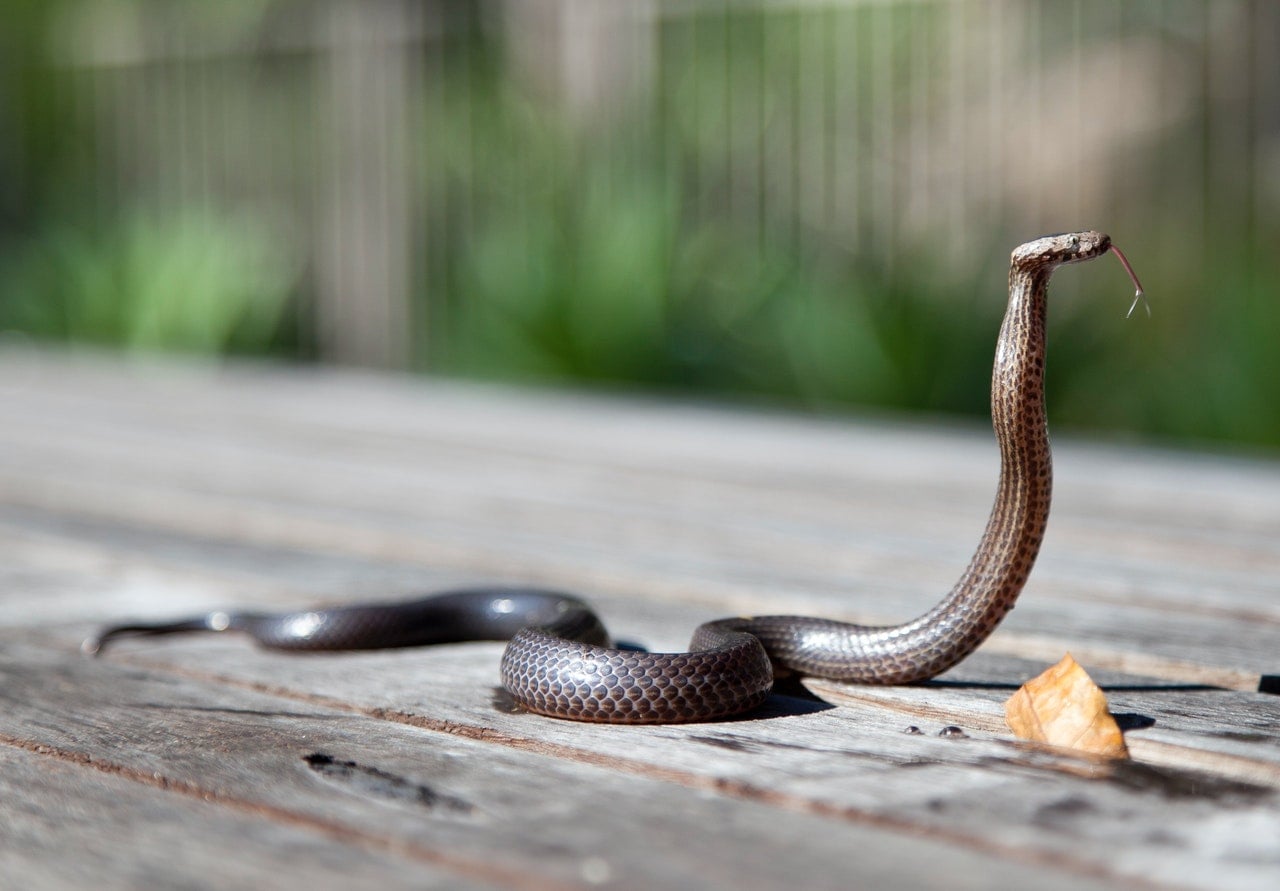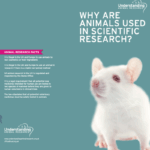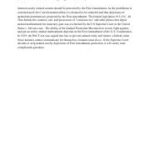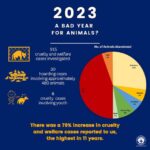In the world of exotic pets, snakes stand out as both fascinating and misunderstood creatures. Often mischaracterized as mere cold-blooded predators, they inspire both admiration and aversion among different factions of society. One particularly contentious issue at the center of serpent care is the practice of feeding snakes live prey. This debate not only raises questions about animal welfare but also compels us to reflect on our relationship with the natural world.
The act of feeding a snake live prey often evokes visceral reactions. For some, this practice is a normative aspect of husbandry and a necessary means of sustaining these reptiles, who have evolved as opportunistic hunters. For others, the concept of watching one animal consume another in a live setting is difficult to reconcile with contemporary ethical considerations surrounding animal rights and welfare. This dichotomy incites an exploration into the ethics of feeding live prey, bringing to the fore essential questions regarding sentience, animal suffering, and our responsibilities as caretakers.
It is imperative to delve into the anatomical and physiological features of snakes that make live prey a preferred food source. Snakes possess specialized adaptations that facilitate their predatory lifestyle; their distinct jaw structure allows them to consume prey significantly larger than their head. These adaptations underscore their natural instincts and feeding behaviors, which have been honed over millions of years of evolution. Consequently, for many species, live prey is more than just a meal; it is a reflection of their intrinsic biological needs.
Critics of feeding live prey argue passionately against the practice, emphasizing that it invites unnecessary suffering. This perspective highlights that prey animals—be it mice, rats, or other small creatures—can experience fear and agony during the hunting process. Some animal welfare advocates posit that the stress endured by live prey, while captured and subsequently consumed, constitutes a form of cruelty. This concern is not unfounded, as scientific studies indicate that many animals have stress responses that can be measured physiologically, suggesting that their experiences of fear and pain are both real and profound.
Furthermore, the argument against live feeding gains momentum through the advancement of husbandry practices and an array of alternatives that are increasingly accessible. Commercially available pre-killed prey, for instance, mitigates the ethical dilemmas associated with live feeding while still supplying essential nutrients for the snake’s health. The growing preference for frozen-thawed prey within the reptile caring community indicates a shift of consciousness, where the moral implications of feeding practices are being deliberated and redefined.
In seeking to understand the roots of the fascination with the controversial practice of live feeding, we must also consider our own anthropocentric perspectives. Is our intrigue merely voyeuristic, a testament to humanity’s age-old obsession with witnessing the ferocity of nature? Or does it stem from an innate desire to reconnect with primal forces that govern the natural order? These reflections hint at deeper cognitive dissonance about the role of humans as observers in the wild and caretakers of domesticated creatures. The juxtaposition of fascination and revulsion speaks volumes about humanity’s complicated relationship with the animal kingdom.
Another angle to consider is the responsibility pet owners bear in ensuring the health and well-being of both their snakes and the prey they choose to feed. Ethical snake keepers often adopt a conservationist mindset, acknowledging that the animals they keep are part of a delicate ecological network. By prioritizing the welfare of prey animals, owners can foster a more humane approach to feeding practices, integrating ethical considerations into their husbandry paradigms. This necessitates an awareness that snakes, like all creatures, hold intrinsic value beyond their role as food processors.
Interestingly, some proponents of live feeding argue that it mimics natural behaviors that promote healthy psychological and physical development. They posit that the act of a snake stalking and capturing live prey is an opportunity for the snake to engage in instinctual behaviors that may be stifled in a captive environment. However, this rationale requires scrutiny, as captive environments often do not replicate the complexities and challenges of the wild. The simplistic view that predation naturally enhances a captive snake’s quality of life fails to account for the multifaceted emotional and physical needs of these animals.
As this complex discourse unfolds, one cannot ignore the emotional dimensions that come into play. Snakes, while often perceived as unfeeling creatures, exhibit varying behaviors that suggest they may experience some form of emotional states. Observing a snake basking in the warmth of its habitat or engaging actively with its surroundings offers insights into the importance of environmental enrichment. Ensuring that snakes are not subjected to fear-inducing feeding practices can be considered part of a holistic approach to their care—recognizing them as sentient beings deserving of ethical considerations.
In summation, the question of whether it constitutes animal cruelty to feed snakes live prey is steeped in complexities that intertwine ethics, biology, and emotional understanding. This discussion calls for a nuanced perspective that not only respects the evolutionary characteristics of snakes but also embraces a compassionate approach towards all creatures involved. As we confront these questions, it is crucial to strive for practices that reflect awareness and empathy, allowing our fascination with these remarkable animals to coexist harmoniously with our commitment to their well-being. As society continues to evolve, so too must our practices, moving toward a more conscientious framework that champions the dignity of every living being.









